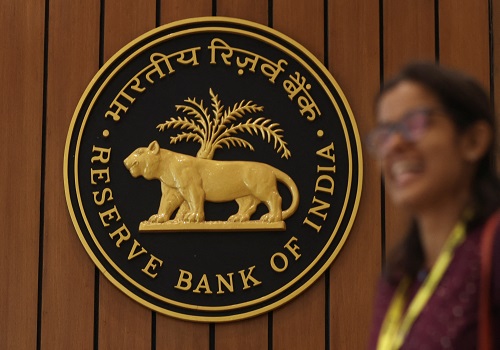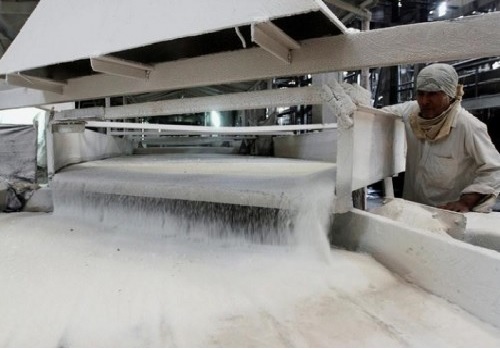Indian cenbank`s FX strategy leans on NDF intervention to safeguard reserves, say sources

Follow us Now on Telegram ! Get daily 10 - 12 important updates on Business, Finance and Investment. Join our Telegram Channel
The Reserve Bank of India is relying more on interventions in the non-deliverable forwards (NDF) market to limit rupee volatility as they have a lower impact on foreign exchange reserves, two sources familiar with the central bank's thinking said.
The RBI has traditionally acted in the local over-the-counter (OTC) spot market to keep the rupee stable. The shift to interventions in the NDF market comes as the RBI looks to preserve its FX reserves while also limiting rupee volatility.
A stable rupee has been a key factor driving foreign inflows. The RBI has a stated policy of curbing excessive volatility, but in recent months it has said it plans to keep building its reserves.
"The RBI has been very active in NDFs. It is a great signaling tool to the market and also helps manage volatility without directly impacting forex reserves," the first source told Reuters.
Neither of them wanted to be named because of the sensitivity of the issue. The RBI did not immediately respond to a request for comment.
Dollar sales by the RBI in the spot market to slow rupee depreciation can eat a chunk of reserves, while selling in the NDF market has a relatively marginal impact, making it a preferred option, the sources said.
Since counterparties only need to settle the difference between the contracted rate and prevailing spot prices in NDF trades, the impact on the central bank's FX reserves is lower as opposed to an outright purchase or sale in the OTC spot market.
The RBI can influence the local spot market and set the tone for the day's session via NDF intervention, several traders Reuters spoke to said.
For example, at the peak of worries over the Iran-Israel confrontation, the RBI intervened in the NDF market ahead of the opening of the local OTC market, ensuring a relatively muted opening for the rupee.
The RBI's NDF intervention is most active in the most liquid 1-month tenor, traders said.
While the RBI does not provide a break-up of onshore versus offshore positions, the net outstanding position in the up to 1-month bucket can be used as an indicative gauge of its interventions.
The aggregate outstanding position of the RBI in the segment climbed to nearly $94 billion in fiscal year 2023/24, from around $69 billion in 2022/23 and $60 billion in 2021/22, latest data from the RBI's monthly bulletin showed.
The RBI will, however, continue to buy dollars in the spot market whenever there are inflows as it wants to continue to actively build its reserves stockpile, the first source familiar with the central bank's thinking said.
It bought $13.25 billion on a net basis in March, the highest monthly addition since October 2020, according to its latest monthly bulletin.
"Market conditions dictate whether the RBI can manage the market movements with NDF interventions or if it needs to go into the (onshore OTC) spot market as well," the second source said.












 320-x-100_uti_gold.jpg" alt="Advertisement">
320-x-100_uti_gold.jpg" alt="Advertisement">











